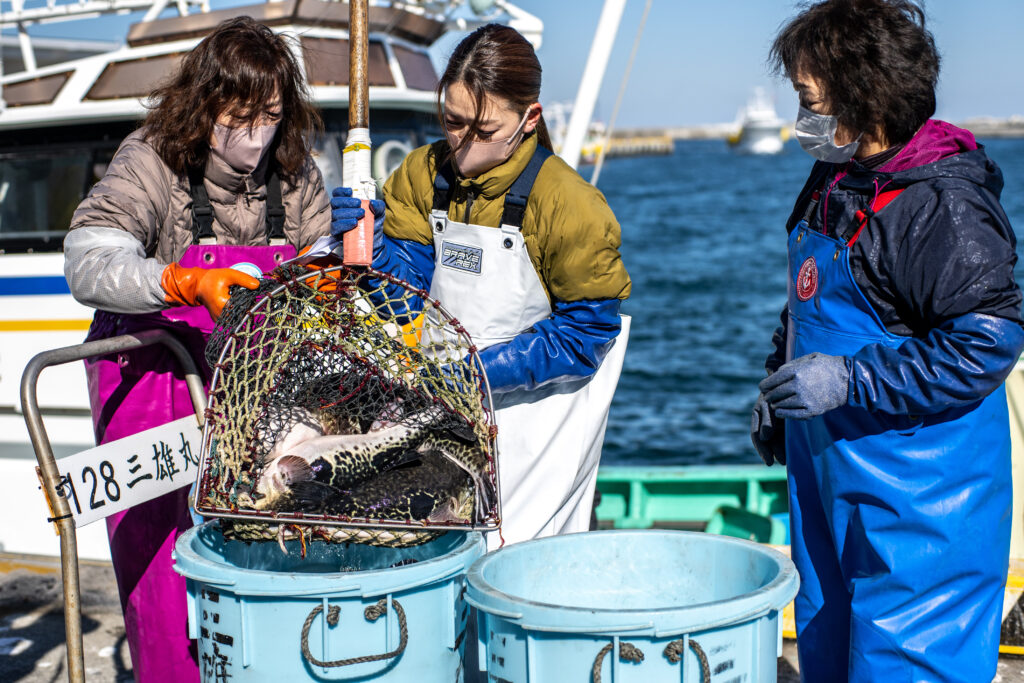
- ARAB NEWS
- 11 Jul 2025

TOKYO: Japan’s Environment Ministry said Sunday that tritium, a radioactive material, was not detected from seawater sampled off Fukushima Prefecture a day after the start of the release of treated water from the crippled Fukushima No. 1 nuclear plant into the sea.
“We want people to feel safe because there is no impact on human health or the environment,” an official of the ministry said.
On Friday, the ministry collected seawater from 11 locations off the coast of the prefecture, home to the Tokyo Electric Power Company Holdings Inc. plant damaged heavily in the March 2011 earthquake and tsunami.
The level of tritium was below the detection limit of 7-8 becquerels per liter in the seawater from all 11 locations, according to the ministry.
The ministry plans to conduct a detailed survey that can detect tritium levels of as low as around 0.1 becquerel per liter and announce the result in about two months.
The ministry will continue to sample seawater off Fukushima every week to check the concentration of radioactive substances.
“To prevent misinformation, we will conduct thorough seawater monitoring that is highly objective, transparent and credible,” Environment Minister Akihiro Nishimura said in a statement.
TEPCO began to release the treated water from the Fukushima No. 1 plant into the sea on Thursday.
Following the start of the operation, TEPCO sampled seawater near where the treated water is released, while the Fisheries Agency caught fish in waters around the discharge point.
No abnormal tritium levels were found in the collected seawater or fish.
Water used to cool melted nuclear fuel at the disaster-stricken power station is purified to remove radioactive substances. But the treated water still contains tritium.
Before being released into the sea, the treated water is diluted with seawater to reduce the tritium level to below one-40th of Japanese safety standards.
JIJI Press